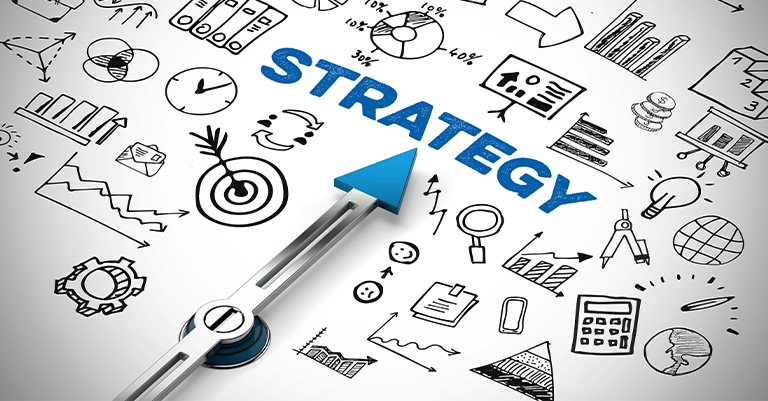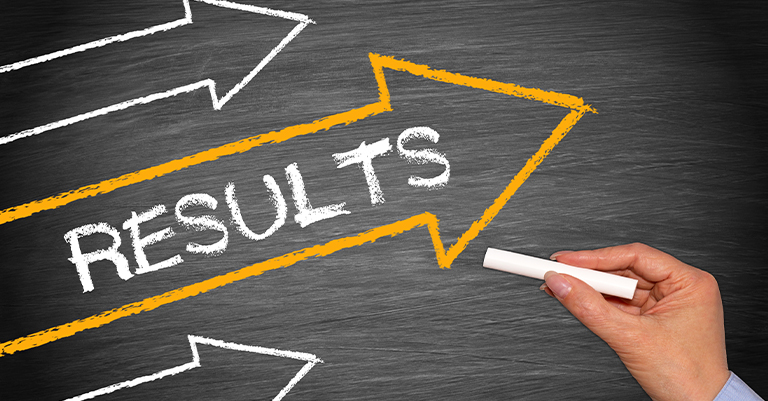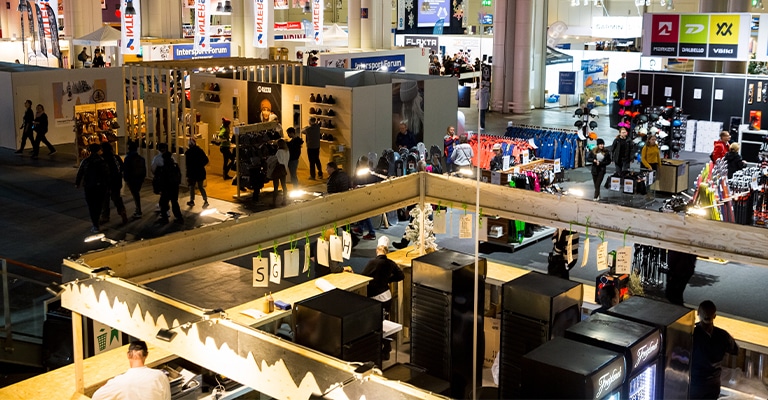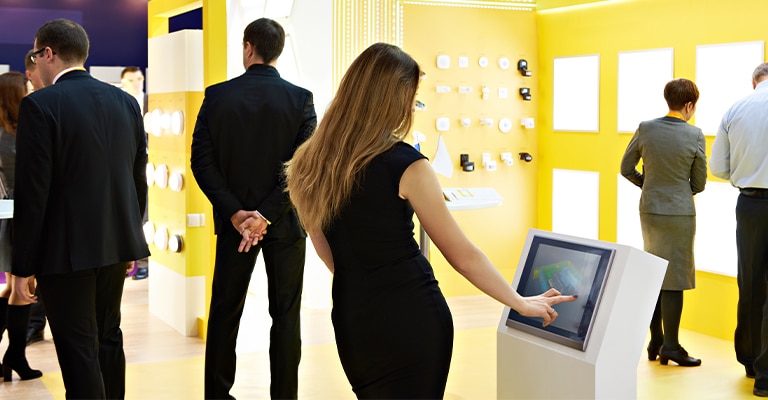How to Create an Unforgettable Trade Show Booth Activation Experience
Want to make your trade show booth activation more effective? Setting up your booth right can help you find new clients and grow your business. You can show people why your brand is unique when you meet people. Think of your booth as a stage where you tell your story. We’ll show you how to make your space draw in the right people and keep them interested.
Getting Started with Booth Setup
What Does an Effective Trade Show Booth Activation Look Like?
Your trade show booth needs the right mix of visual appeal and functionality to grab attention. Think of it like setting up a store where each part helps tell your story. When you plan it well, people will want to stop and learn more about what you do.
Why Setup Matters
A well-planned booth brings in loads more visitors than a basic display. Your booth setup shapes how people see your brand at the show. A well-designed trade show booth helps you stand out among hundreds of other companies.
First Impressions Count
You have just 3-5 seconds to catch someone’s eye as they walk past. An effective setup helps you make those seconds count. Well-placed lighting, clear signs, and open spaces invite people to step in and learn more.
Comfort Drives Conversations
People stay at booths longer when they feel at ease. Comfortable seating areas and clear paths help visitors relax and talk freely. The more time they spend with you, the more likely they are to become customers.
Intelligent Flow Means More Leads
Your booth’s layout guides how people move and learn about your products. A good flow lets you:
- Show products in the right order
- Make demos more effective
- Keep traffic moving smoothly
- Give visitors space to think
- Help staff work efficiently
Planning Your Show

Setting Goals
Start with clear, measurable targets for your trade show presence. Each goal shapes your booth design and staff training needs. Common goals include:
- Generate qualified leads (set a specific number)
- Launch new products or services
- Build brand awareness
- Meet existing clients
- Research competitors
For each goal, define success metrics. If lead generation is your focus, decide how many leads you need to make the show worthwhile. For product launches, set demo completion targets. Brand awareness goals might track social media mentions or press coverage.
Match goals to your budget. A 10×10 booth space needs different targets than a 20×20 display. Your goals guide every choice, from lighting to staffing and everything in between.
Making a Timeline
Start planning three months early. Here’s what to do:
Booth Design (12 weeks before)
Start with your booth size and basic layout plans. Pick your brand colors and displays that match your goals. Order the right furniture and display items early. Map out where lights and speakers will go. Make sure you know and follow all venue rules about space and setup.
Staff Planning (8 weeks before)
Pick your best team members for the show and plan their training. Write clear guides for product demos and talks. Set up a schedule that gives everyone enough breaks. Book flights and hotels with plenty of time to spare.
Marketing Tools (6 weeks before)
Get your business cards and show handouts ready. Create sales talks that grab attention quickly. Pick useful items to give away that fit your brand. Make forms that help you track who visits your booth.
Tech Setup (4 weeks before)
Check that all demo gear works perfectly. Set up tools for collecting visitor info. Test every screen and display in your booth. Get your lights working right. Make sure you’ll have good internet access at the show.
Final Review (1 week before)
Double-check all your shipping plans and team schedules. Test your equipment one more time. Pack extra supplies for backup. Get all your booth papers ready and organized.
Making Your Space Work
Smart Layout
A well-planned booth layout naturally guides visitor flow and engagement. Create distinct zones: an entry area with eye-catching displays visible from 20 feet away, a demo space that accommodates 3-5 people without blocking traffic, and a quiet conversation area for meaningful discussions with prospects.
Position your most striking elements at the front corners to draw attention. Hide storage areas behind displays or in corner cabinets. Install counter-height surfaces for product interaction and comfortable seating away from noisy areas. Use varied display heights to create visual interest while maintaining clear sight lines to key products.
Visual Appeal
Create a booth that draws attention and reflects your brand image. Use your company colors in displays and graphics to build recognition. Add bright lighting that highlights products without creating glare. Include screens or motion elements that catch the eye from a distance.
Focus on clean design rather than clutter. Pick two or three key colors that match your marketing materials. Place your best visuals at eye level (5-6 feet high). Use spot lighting to create focus points around key products. Consider adding subtle movement through digital displays or rotating product stands. Keep your brand message clear and visible from multiple angles.
Training Your Team

Engagement Protocols
Your booth staff represent your brand throughout the show. Train them to start conversations naturally and demonstrate products effectively. Give them clear guidelines for handling common questions and objections. Help them identify qualified leads efficiently.
Professional Development
Invest time in comprehensive training before the show. Cover product details, competition awareness, and customer service best practices. Practice demonstration techniques and role-play common scenarios. Ensure everyone knows how to use lead capture tools.
Adding Fun and Tech
Digital Integration
Use technology to enhance visitor experiences. Install touchscreen displays for product information. Consider virtual reality demos for complex products. Link social media feeds to show real-time engagement. Create digital lead capture forms for quick follow-up.
Engagement Activities
Plan activities that draw crowds and create memorable experiences. Schedule regular product demonstrations. Add interactive games or contests. Create photo opportunities that encourage social sharing. Use live presentations to showcase key features.
Getting Visitor Info
Data Collection
Use efficient methods to gather visitor information. Scan badges quickly and accurately. Record specific interests and follow-up priorities. Schedule next steps while conversations are fresh. Track engagement levels for better follow-up.
Qualification Process
Train staff to identify valuable prospects quickly. Note buying authority and timeline details. Record specific needs and challenges. Mark priority levels for follow-up. Capture any special requirements or preferences.
Following Up After the Show
Immediate Actions
Start your follow-up process within 48 hours. Sort leads by priority and interest level. Send personalized messages to each category. Schedule specific next steps for qualified leads. Track response rates and adjust approaches.
Long-term Nurturing
Develop ongoing relationships with promising contacts. Share relevant content regularly. Follow up on specific interests or needs. Keep track of future buying plans. Maintain periodic contact without being pushy.
Checking Your Results

Key Performance Indicators
Track important metrics throughout the show:
- Total visitor interactions
- Qualified lead count
- Average engagement time
- Demo participation rates
- Lead conversion rates
ROI Analysis
Calculate your trade show investment return. Compare costs per lead against industry standards. Track sales generated from show contacts. Measure brand awareness increases. Note competitor insights gained.
Final Thoughts
A great trade show booth activation needs good planning, fun ideas, and quick follow-up. Focus on making your space friendly, training your team well, and staying in touch with leads. Your booth isn’t just a spot on the floor – it’s your chance to make friends who become buyers.




